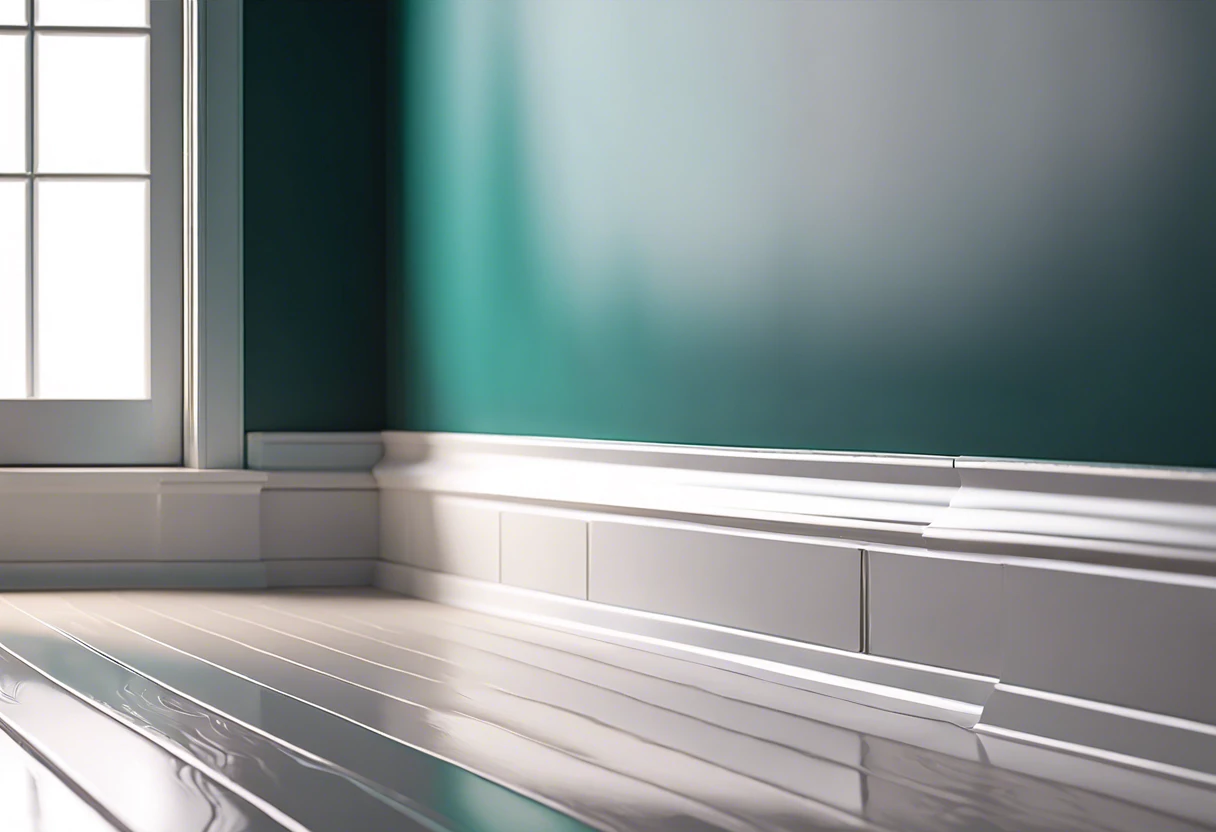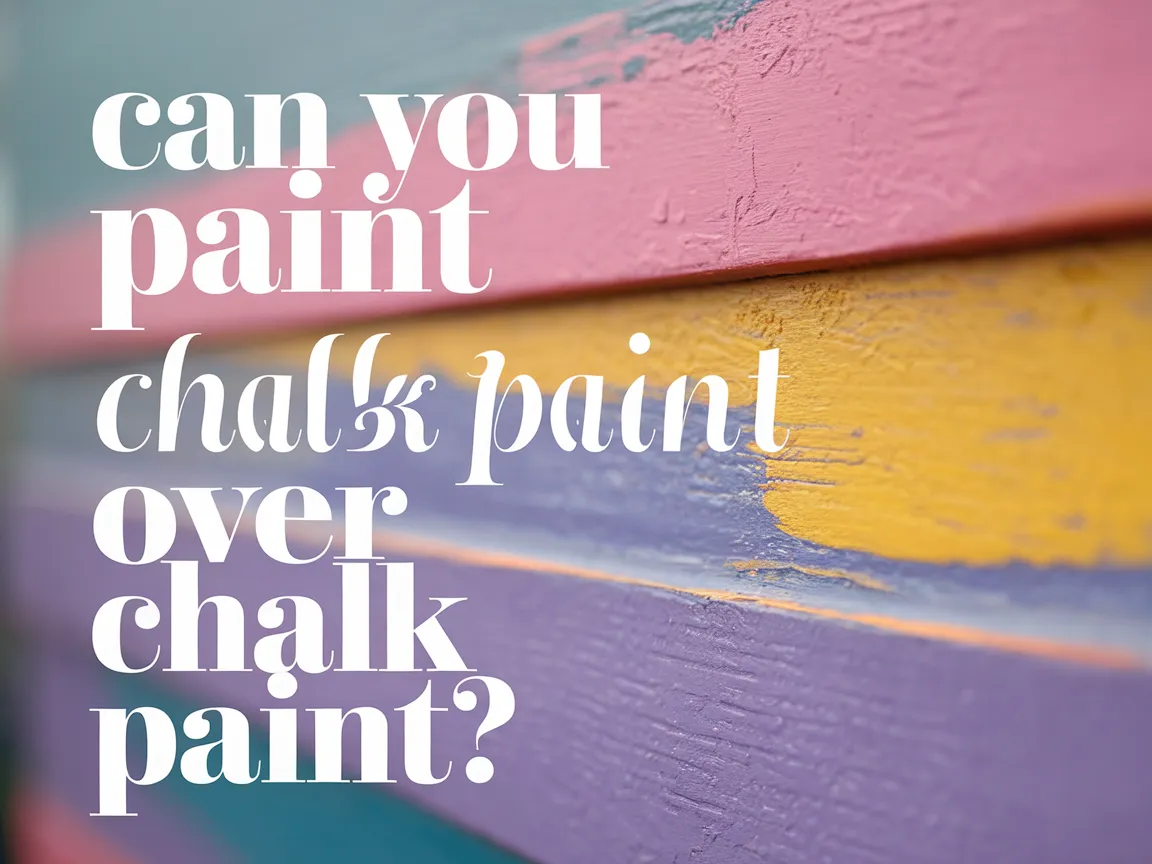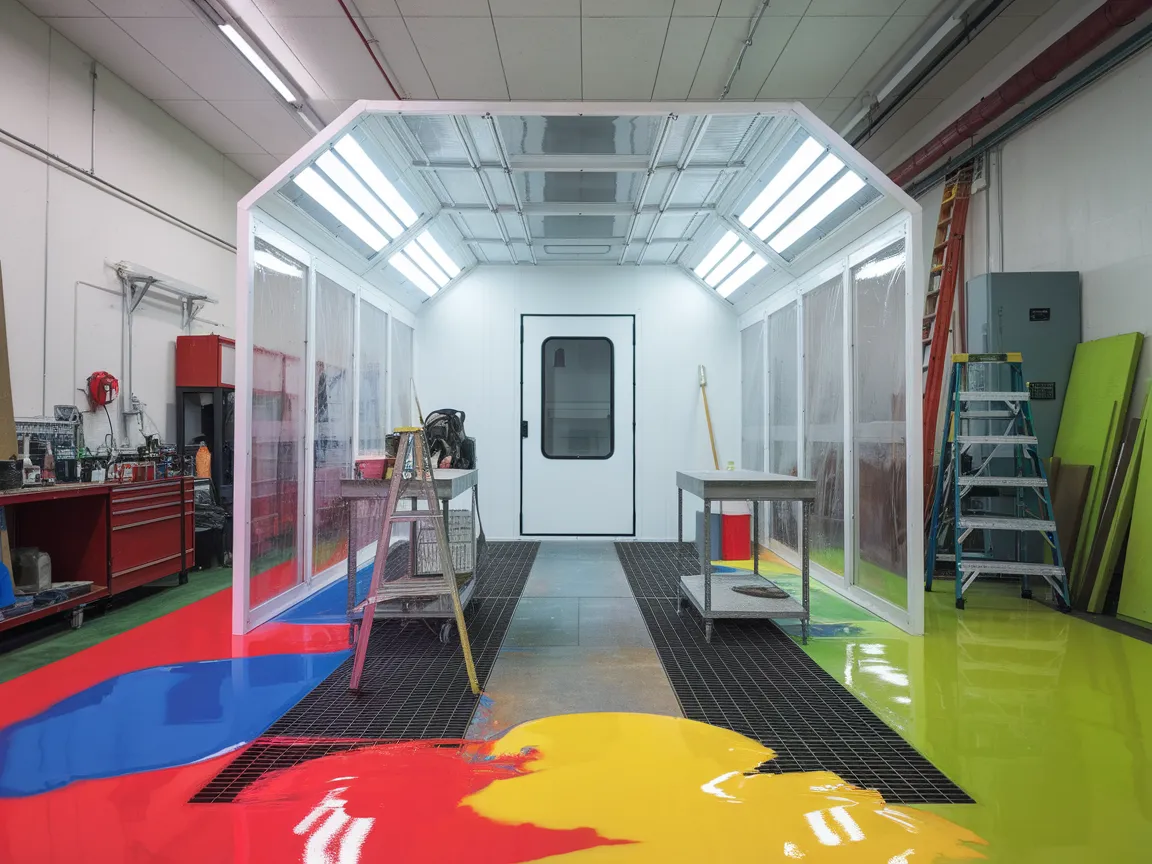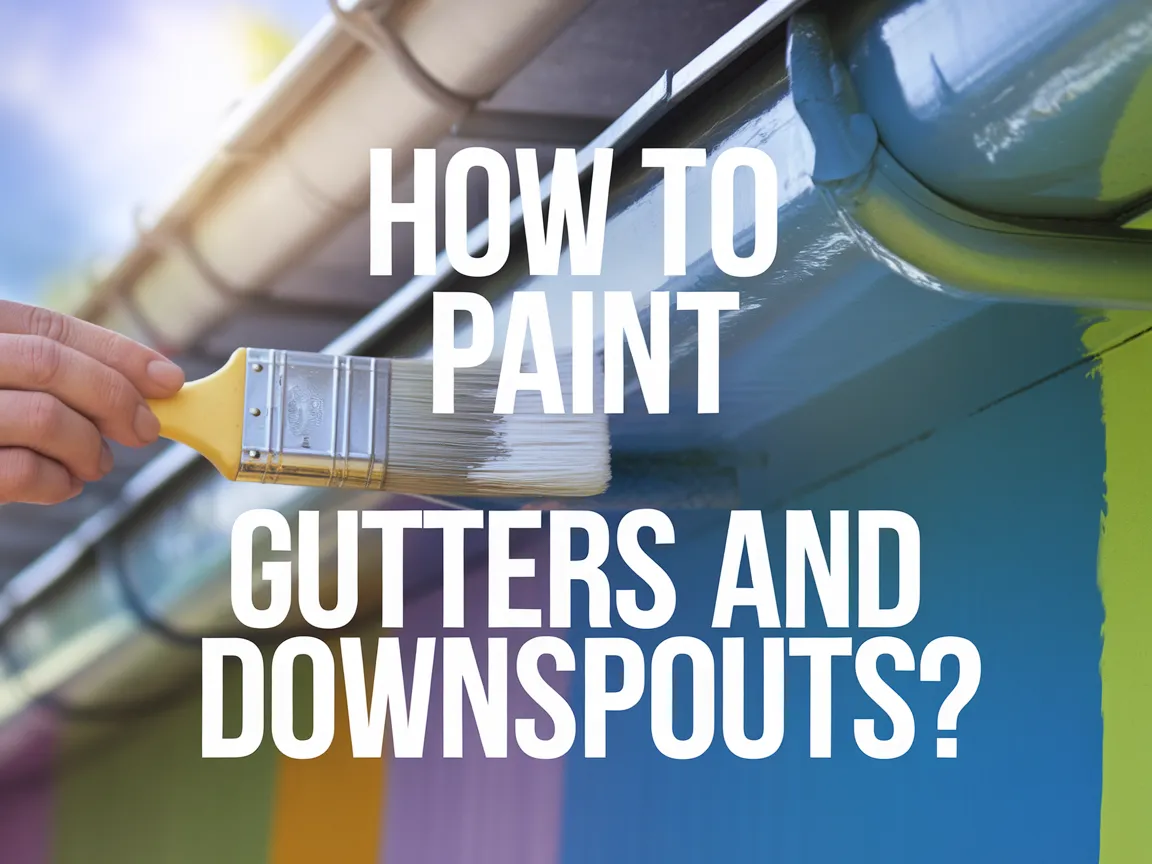What Kind Of Paint for Baseboards?
Published on: April 24, 2025 | Last Updated: January 7, 2025
Written By: Isabella Cruz
Baseboards are like the frames around the bottom of your walls. They help keep the walls safe and look pretty too!
So, what kind of paint for baseboards is best? Choosing the right paint is super important because it helps protect against scuffs and stains, making your baseboards look fresh. I remember when I painted mine, and it was a game-changer.
In this guide, we’ll cover what baseboards are, key things to think about before painting, steps for a perfect finish, paint types, color ideas, common issues, and even DIY projects. We’ll touch on related topics like how to get paint off baseboards and how to paint stair spindles too.
Contents
- 1 What Kind Of Paint for Baseboards?
- 2 What Are Baseboards and Their Importance?
- 3 What to Consider Before You Start Painting Your Baseboards
- 4 Steps to Achieve a Perfect Finish on Your Baseboards
- 5 Types Of Paint Suitable for Baseboards
- 6 Factors Affecting Your Choice Of Paint for Baseboards
- 7 How Weather Affects Paint Selection for Baseboards
- 8 Environmental Considerations When Choosing Paint for Baseboards
- 9 Understanding Baseboard Material and Its Impact on Paint Choice
- 10 Common Issues When Choosing Paint for Baseboards
- 11 Comparing Baseboard Paint Finishes
- 12 DIY Project Ideas for Painting Baseboards
- 13 FAQ: Common Questions About What Kind Of Paint for Baseboards
- 14 Conclusion: The Best Paint for Baseboards and How to Apply It
- 15 Useful Resources
What Kind Of Paint for Baseboards?
For baseboards, use semi-gloss or high-gloss paint. These finishes resist scuffing and clean easily. Choose a paint specifically for trim or cabinets, and opt for water-based options for quick drying.
If you’re considering exploring diverse applications of paints including if acrylic paint on your skin is possible, it’s essential to know the specific properties and safety guidelines.
The Finishing Touch
A freshly painted wall is a blank canvas. The best way to bring your room to life is with a single piece of statement art that ties everything together.
Browse Wall Art at Big Wall DecorWhat Are Baseboards and Their Importance?
Baseboards, or skirting boards, are essential wooden pieces that line the bottom of a wall. Typically measuring 10 to 15 cm (4 to 6 Inches) in height, these boards enhance a room’s aesthetics while protecting walls from damage and dirt.
When choosing paint for baseboards, consider how it blends with your space. In my latest home project, I found that semi-gloss enamel paint offers the best durability and ease of cleaning.
While working on my stairway walls, having painted the baseboards with that enamel paint proved useful. I learned that using the right paint can elevate the look when tackling tasks like painting stair banisters or stairway walls—trust me, it’s a game-changer! If you’re exploring detailed methods for activating oil-based face paint for your projects, check out how to activate oil-based face paint effectively.
What to Consider Before You Start Painting Your Baseboards
What do you need to start painting your baseboards?
- High-Quality Paint Brush: You’ll need a 65mm (2.5-inch) angled brush, like the Purdy Painted Ridge Brush. It helps you reach corners and tight spots, ensuring clean lines.
- Primer: Use a paint primer, such as Zinsser B-I-N Shellac-Based Primer. It’s crucial for sealing the surface, helping the paint adhere better and enhancing durability.
- Quality Paint: Choose a blend, like Behr Premium Semi-Gloss. For standard baseboards, a semi-gloss finish stands up well against scuffs and cleans easily.
- Drop Cloth: A large drop cloth (3 M X 4 M / 10 Ft X 12 Ft) protects your floors. It saves time on clean-up by preventing paint spills and splatters.
- Painter’s Tape: You’ll want quality tape, like ScotchBlue Edge-Lock. It ensures crisp paint lines, reducing touch-ups and making the job neat.
So far we covered factors to think about prior to painting your baseboards. Let’s look at steps for achieving a flawless finish next.
Also See: What Color to Paint Baseboards? Find Your Ideal Shade

The Finishing Touch
A freshly painted wall is a blank canvas. The best way to bring your room to life is with a single piece of statement art that ties everything together.
Browse Wall Art at Big Wall DecorSteps to Achieve a Perfect Finish on Your Baseboards
Here are the steps to choose the right paint for baseboards.
-
Preparing the Surface
Start by cleaning your baseboards to remove dust and grime. Use a damp cloth and mild detergent, then let it dry completely before proceeding.
If you notice any holes or cracks, fill them with caulk or wood filler. Once dry, sand the area for a smooth finish to ensure the paint adheres well.
-
Selecting the Right Paint
Choose high-quality satin or semigloss latex paint for durability and ease of cleaning. The right type enhances the beauty of baseboards, making them stand out.
I recommend paint with at least 30% added acrylic for better durability. This ensures your baseboards resist scuffs and abrasion longer.
-
Applying Primer
Take time to apply wood primer, especially on raw wood. This creates an even base and prevents stains from bleeding through.
Let your primer dry for about 2 hours (1–2 Hours) before painting. Quick-drying primer makes the process smoother and more efficient.
-
Painting the Baseboards
Use a high-quality angled brush for precise edges while painting. Start from one end and work your way to the other, using long strokes for an even coat.
Apply at least two coats, allowing each coat to dry for about 4 hours (3–4 Hours) between applications. Remember, the more even your application, the smoother the finish.
-
Final Touches
Once the final coat has dried, inspect your work for touch-ups. Pay close attention to corners and edges that might need extra paint.
After touching up, let everything cure for 24 hours (1 Day) for the best results. This ensures a flawless finish that shines.
That covers how to achieve a flawless finish on your baseboards. Let’s now take a look at suitable paint types.
Types Of Paint Suitable for Baseboards
Let’s explore the types of paint: Latex, Oil-Based, Enamel, and Acrylic.
-
Latex Paint
Latex paints—water-based and durable—are perfect for baseboards. They dry quickly in 1 to 2 hours and clean easily with soap and water.
-
Oil-based Paint
Oil-based paint provides a hard finish, ideal for high-traffic areas. It typically takes 6 to 8 hours to dry, but its smoothness gives a stunning appeal.
-
Enamel Paint
Enamel paint is tough and great for achieving a glossy finish that resists scratches. It’s a favorite for its elegant look, particularly in luxurious homes.
-
Acrylic Paint
Acrylic paint is versatile and flexible, making it suitable for nearly any base material. It cures quickly, often within an hour, allowing for fast repainting sessions.
From my experience, oil-based paint works wonders for baseboards. Its durability and smoothness make my projects stand out in high-traffic areas.
We have now covered various types of paint suitable for baseboards. Next, we’ll discuss the factors influencing your paint choice.
Factors Affecting Your Choice Of Paint for Baseboards
What factors influence your paint selection for baseboards?
-
Durability – If your baseboards face heavy traffic, pick a paint that withstands wear.
-
Finish type – A semi-gloss or high-gloss finish adds style and simplifies cleaning.
-
Color matching – The right color complements your walls and other trim; don’t overlook it!
-
Climate considerations – Humidity levels can affect paint adhesion; choose moisture-resistant paint for damp areas.
We have now covered the factors influencing your paint choice for baseboards. Next, we’ll explore how weather impacts paint selection.

How Weather Affects Paint Selection for Baseboards
Did you know that the weather can impact your paint choice? Here’s what to keep in mind.
- Humidity Levels: In humid areas, opt for moisture-resistant paint to avoid peeling. Latex paints often perform well here.
- Temperature: Ideally, paint when it’s between 50°F (10°C) and 85°F (29°C). Extreme heat or cold can hinder drying and adhesion.
- Sunlight Exposure: For sunny spots, consider UV-resistant paints. This keeps your color vibrant even with direct sunlight.
Environmental Considerations When Choosing Paint for Baseboards
Going green? Here are some eco-conscious options for your baseboards.
- Low-VOC and Zero-VOC Paints: These options reduce harmful emissions and are safer for indoor air quality.
- Water-Based Paints: They’re easier on the environment compared to solvent-based ones. Plus, cleanup’s a breeze!
- Recycled Paint: Consider purchasing recycled paint. It’s a sustainable choice and often budget-friendly.
Understanding Baseboard Material and Its Impact on Paint Choice
The material of your baseboards matters! Here’s how it affects your paint decision.
| Baseboard Material | Recommended Paint Type | Notes |
|---|---|---|
| Wood | Oil-based or Acrylic | Enhances grain visibility and durability. |
| MDF | Water-based Latex | Prevents swelling and offers smooth finish. |
| Vinyl | Semi-Gloss or Glossy Latex | Ensures flexibility and easy cleaning. |
Common Issues When Choosing Paint for Baseboards
My friend once had trouble deciding on paint for her baseboards. She couldn’t choose between satin and semi-gloss finishes, but she finally opted for semi-gloss for a sleek, protective touch!
The Finishing Touch
A freshly painted wall is a blank canvas. The best way to bring your room to life is with a single piece of statement art that ties everything together.
Browse Wall Art at Big Wall DecorTo fix baseboard mistakes, use 120-grit sandpaper to smooth uneven surfaces. Then, apply a primer, like latex-based Zinsser BIN, before the topcoat. This step is critical for durability.
Comparing Baseboard Paint Finishes
Choosing a finish can affect both appearance and durability. Here’s a quick comparison:
| Finish Type | Sheen Level | Best For | Cleaning Ease |
|---|---|---|---|
| Satin | Soft sheen | Living rooms, bedrooms | Moderate |
| Semi-Gloss | Moderate shine | Kitchens, bathrooms | Easy |
| High-Gloss | Very shiny | Traditional homes, trims | Very easy |
This table highlights that if you want something that’s easy to clean (and looks sharp), semi-gloss is often the sweet spot.
DIY Project Ideas for Painting Baseboards
Want to add flair to your baseboards? Try stenciling geometric patterns or creating an ombré effect—both will elevate any room!
For these projects, you’ll need paint, a foam roller, and stencils (If You Go That Route). Materials can run you around $40-$60, and you might spend a few hours on the whole process.
Looking for alternatives? Consider using a satin finish instead of a matte one for an easier clean. Personally, I’ve found that a chalk-based paint gives a soft touch and adds a bit of texture. Exciting, right? You might be curious whether ceiling paint can serve as a primer effectively; take a closer look at using ceiling paint as primer for more technical insights.
FAQ: Common Questions About What Kind Of Paint for Baseboards
1. Can I Use Regular Wall Paint on Baseboards?
Can you use regular wall paint on baseboards? No, you shouldn’t use regular wall paint on baseboards. Baseboards expand and contract due to temperature changes, which can cause wall paint to crack and chip over time.
2. What Paint Finish is Best for Baseboards?
What paint finish is best for baseboards? A semi-gloss or satin finish is best for baseboards. These finishes provide durability, making them easy to clean and resistant to scuffs.
3. How Many Coats Of Paint Should I Apply?
How many coats of paint should you apply on baseboards? You should apply at least two coats of paint for a smooth and uniform look. Each coat helps achieve better coverage and color depth, reducing the chances of having any unpainted patches. If you spill any paint, you can learn how to remove acrylic paint from clothes.
4. Should I Prime Baseboards Before Painting?
Should you prime baseboards before painting? Yes, you should prime baseboards before painting. Priming not only aids adhesion but also blocks stains and ensures even paint coverage, particularly when you’re painting raw wood. If you’re considering mixing different types of paint, learn about exterior painting techniques for a smooth application.
5. What Tools Do I Need for Painting Baseboards?
What tools do you need for painting baseboards? You’ll need a paintbrush, painter’s tape, a roller, and a drop cloth. A quality brush will give you precision, while the tape protects your walls for a clean line. If you’re curious about ceiling tiles, you can explore whether ceiling tiles can be painted.
6. How Do I Remove Old Paint From Baseboards?
How do you remove old paint from baseboards? You can use a heat gun or a paint stripper specifically designed for wood. Removing old paint is crucial to avoid unsightly layers and ensure maximum adhesion for the new finish. Using chemicals on different surfaces requires caution as some work well only in certain scenarios and could damage materials like car paint; here is a method that explains using acetone safely.
7. How Can I Get the Perfect Finish on My Baseboards?
How can you get the perfect finish on your baseboards? To achieve perfection, ensure the surface is clean and primed, apply thin, even coats of paint, and sand lightly between coats for a silky smooth finish. If you’re considering applying these techniques to larger surfaces or even a vehicle, you might explore ways to paint a car effectively.
8. What is the Best Time to Paint Baseboards?
When is the best time to paint baseboards? The best time is during dry weather with a temperature between 50°F (10°C) and 85°F (29°C). This ensures optimal drying and adhesion for your paint.
Conclusion: The Best Paint for Baseboards and How to Apply It
That brings us to the end of our discussion. We covered what baseboards are, their importance, considerations before you paint, steps for a perfect finish, recommended colors, suitable paint types, factors affecting your paint choice, common paint issues, finishing touches for aesthetics, along with DIY project ideas.
I trust these insights have been helpful in answering what kind of paint for baseboards. In short, go for semi-gloss or satin finishes; these tend to withstand wear and tear. Remember to consider factors like color, type, and application techniques for a seamless look.
For more in-depth information and tips, feel free to check out Paint Answers.
Useful Resources
- Smith, R. (2003). The Artist’s Handbook of Materials and Techniques (5th ed.). New York, NY: Knopf.
- Hands Down The Best Paint For Trim and Baseboards – Simply DIY Home
- What kind of paint do I need for baseboards? – Home Improvement Stack Exchange
- Best Paint for Trim (Interior and Exterior), Solved! – Bob Vila
Isabella is a Filipino-American art writer and critic specializing in contemporary painting, blending her Filipino heritage with global art trends. She holds a BFA from California State University, Long Beach, and a Minor in Art History from the University of the Philippines. Isa has experience as a Gallery Assistant, Art Appraisal Specialist, and Social Media Creative for Art & Design.
Exterior, Siding









